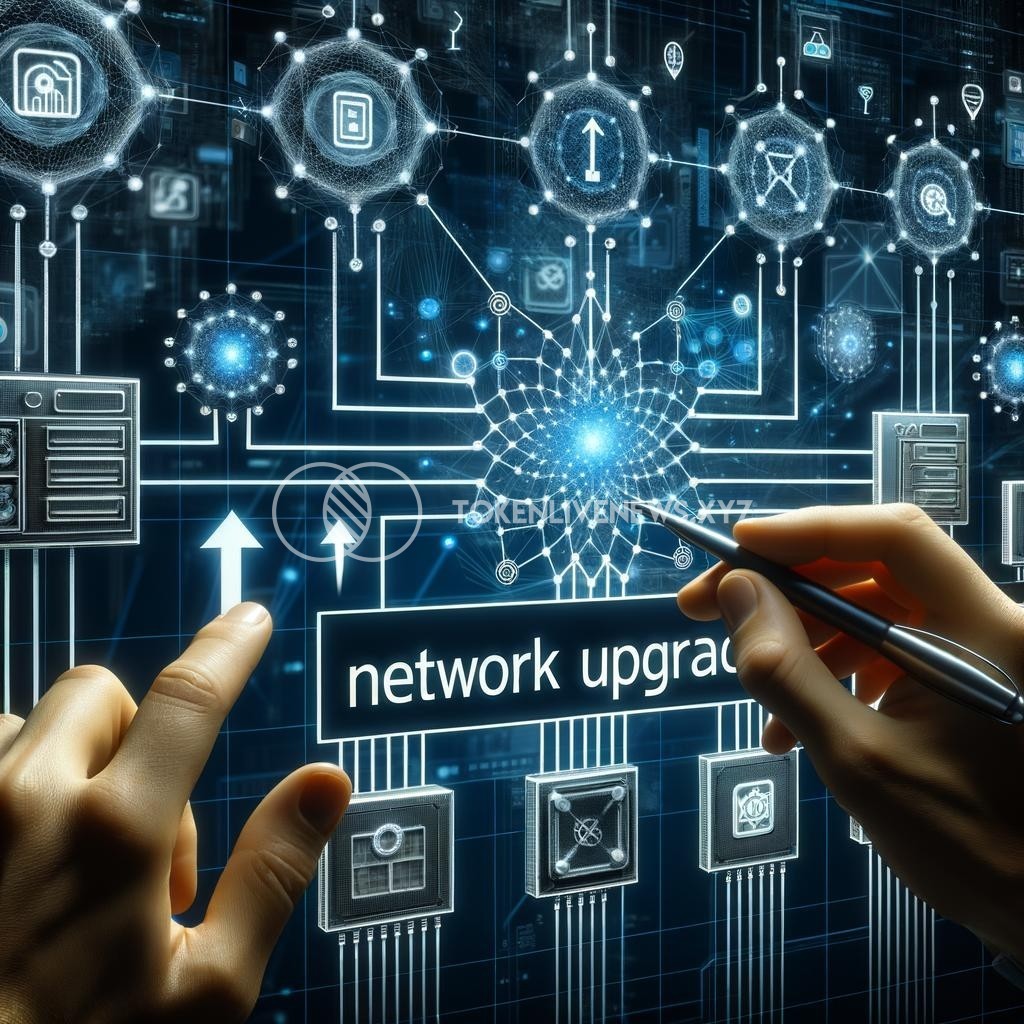Cardano‘s Network Upgrades: Enhancing Performance and Functionality
Introduction:
In the fast-evolving realm of cryptocurrencies, Cardano has emerged as a promising and sustainable blockchain platform. Developed by a team of industry experts and researchers, Cardano offers a unique combination of security, sustainability, and scalability. As part of its continuous improvement, Cardano has been implementing network upgrades aimed at enhancing both performance and functionality. In this article, we will explore the key upgrades that Cardano has introduced and their potential impact on the blockchain ecosystem.
1. Ouroboros: The Foundation of Cardano
At the heart of Cardano’s network lies Ouroboros, an innovative PoS (Proof of Stake) consensus protocol. Ouroboros ensures the security and integrity of the blockchain by allowing stakeholders to participate in the block production process. This design not only prevents energy-intensive mining but also enables efficient scalability. By upgrading Ouroboros, Cardano is further improving the network’s capability to process transactions quickly and securely.
2. Shelley: A New Era of Decentralization
With the Shelley upgrade, Cardano has transitioned from a centralized proof-of-stake protocol to a decentralized one. This upgrade enables regular ADA (Cardano’s native cryptocurrency) holders to actively participate in the network’s operation, empowering them with the ability to earn rewards by staking their coins. By incentivizing user involvement, Shelley enhances the security and resilience of the Cardano network. Moreover, it maintains a balanced power distribution, ensuring that decision-making processes remain transparent and accountable.
3. Goguen: Enriching Cardano’s Capabilities
The upcoming Goguen upgrade marks a significant milestone for Cardano. It introduces the capability for smart contracts, unlocking endless possibilities for decentralized applications (DApps) and wider adoption. By implementing a unique programming language called Plutus, Cardano ensures that smart contracts are written with enhanced security and reliability. Goguen’s integration of smart contracts will facilitate the development of real-world applications on the Cardano blockchain, positioning it as a viable competitor to established platforms like Ethereum.
4. Voltaire: The Era of Governance
Voltaire, Cardano’s governance upgrade, aims to introduce a decentralized decision-making process. It empowers ADA holders to influence the network’s development and future direction by submitting proposals, voting on important matters, and funding innovative projects. With Voltaire, Cardano sets out to establish a self-sustaining ecosystem where community consensus drives progress. This inclusive approach emphasizes stakeholder involvement, ensuring a balanced and democratic governance system.
Conclusion:
Cardano’s network upgrades demonstrate a commitment to continuous enhancement and innovation. With the deployment of Ouroboros, Shelley, Goguen, and the imminent launch of Voltaire, Cardano is solidifying itself as a prominent player in the blockchain realm. By improving performance, functionality, and governance, Cardano aims to provide a secure, scalable, and sustainable platform that can handle a vast array of decentralized applications and drive mainstream adoption. As the world moves towards a more decentralized future, Cardano is well-prepared to shape the landscape with its robust network upgrades.







